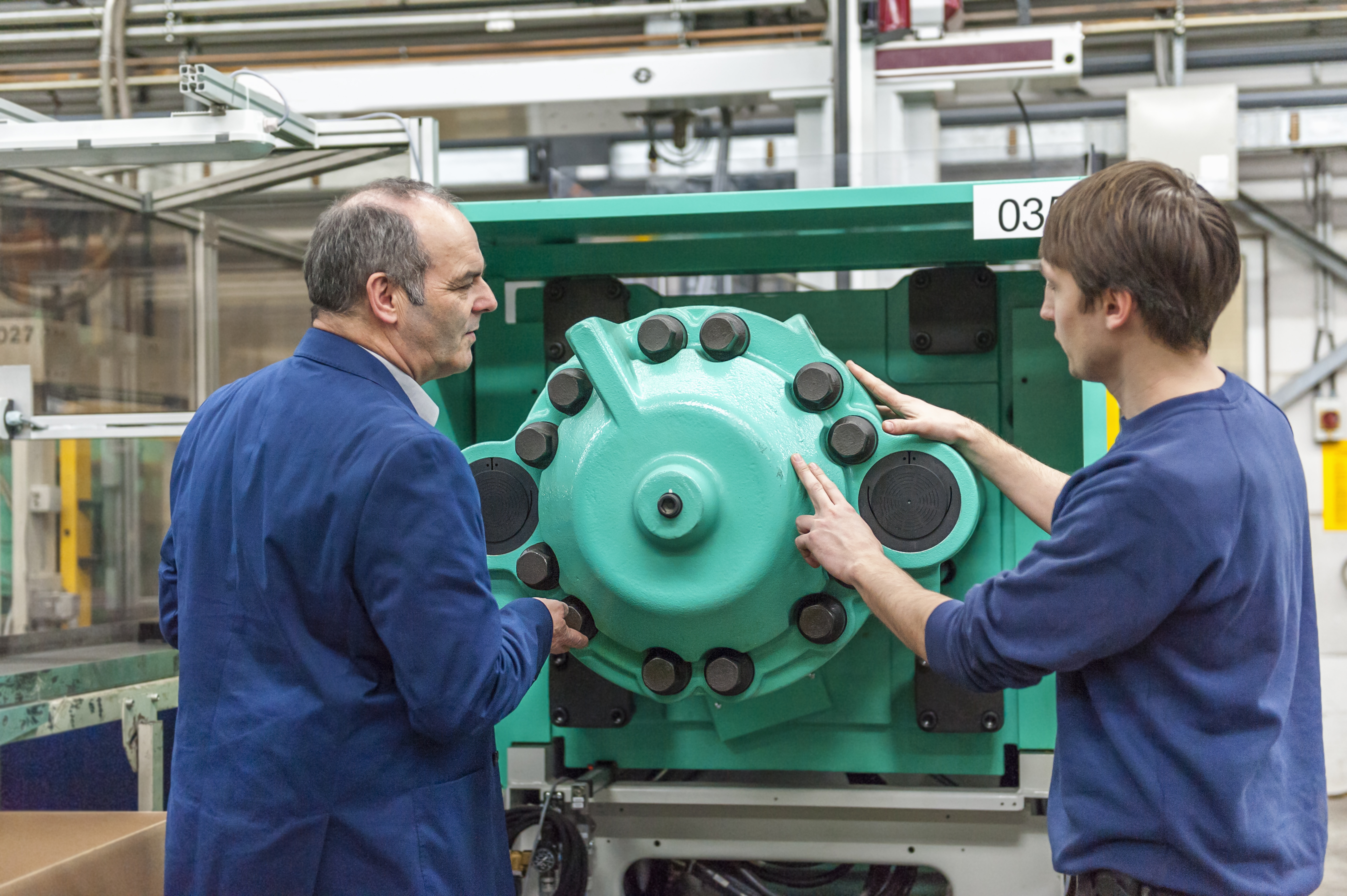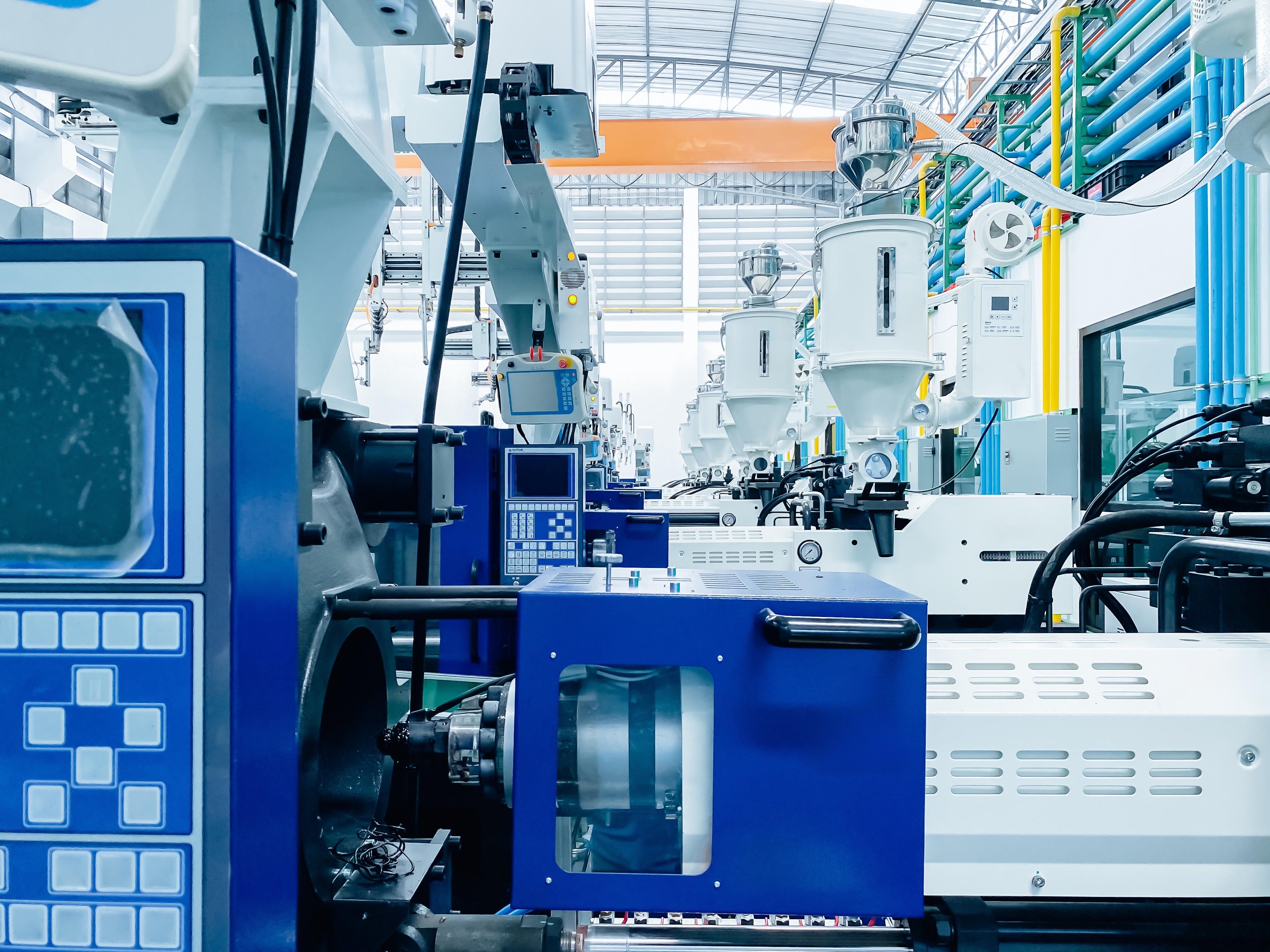How Injection Molding Chillers Improve Production Efficiency and Reduce Costs
- 2025.05.21
 Flying Tiger
Flying Tiger
Precise temperature control is critical in injection molding, directly impacting cycle times, part quality, and production costs. Injection molding chillers play a key role in maintaining optimal mold temperatures, enabling faster cooling, minimizing defects, and improving overall efficiency. Without an effective chilling system, manufacturers risk higher scrap rates, extended cycle times, and rising operational expenses.
This article explains how injection molding chillers optimize production, prevent costly defects, and support a more profitable, efficient operation.

The Cooling Challenges in Injection Molding
Effective cooling is critical to maintaining part quality, minimizing waste, and keeping production cycles efficient. Without proper cooling, manufacturers face inconsistent parts, longer cycle times, higher scrap rates, and increased production costs.
Why Cooling Matters
Cooling is one of the most important stages in the injection molding process. Once molten plastic enters the mold, it must cool quickly and uniformly to achieve the correct shape, dimensions, and surface finish. Even with a precise injection process, poor cooling can compromise part integrity, leading to visible defects and structural weaknesses.
Consequences of Poor Cooling
Inadequate or uneven cooling causes defects such as sink marks, warping, and short shots—all of which affect the performance, appearance, and reliability of molded parts. These defects drive up scrap rates, increase the need for costly rework, and slow down production.
Prolonged cooling times also extend the overall cycle, lowering operational efficiency and profitability. To meet production demands and maintain high part quality, a reliable cooling system is essential.
How Injection Molding Chillers Optimize Production Cycles
Injection molding chillers are essential for accelerating production cycles, improving part quality, and maintaining process consistency. By precisely managing mold temperatures, chillers help manufacturers produce high-quality components faster and more reliably, ultimately improving throughput and profitability.
Faster Mold Cooling
Efficient heat removal is key to shortening cycle times in injection molding. Chillers rapidly extract heat from the mold after each shot, allowing the plastic to solidify more quickly and release from the mold without defects. By reducing the cooling phase—which often accounts for more than half of the overall cycle time—chillers significantly increase production output without sacrificing part quality or dimensional accuracy.
Improved Consistency & Uptime
Stable mold temperatures are critical to producing uniform parts across multiple cycles. Injection molding chillers minimize temperature fluctuations that can cause variations in part dimensions, surface finish, and structural integrity. Consistent cooling not only improves part-to-part repeatability but also protects molding equipment from thermal stress, reducing the risk of downtime and extending machine life.
Types of Water Chilling Machines Used in Plastic Molding
There are different types of water cooling machines that are used in plastic injection molding, and these are discussed below.
Air-Cooled vs. Water-Cooled Chillers
Air-cooled and water-cooled chillers are commonly used injection molding chillers used in the process, and each has its own suitability based on the operational environment.
Air-cooled chillers use ambient air and built-in fans to remove heat from the refrigerant. They are typically installed in areas with good ventilation to maximize heat dissipation. These chillers absorb heat from the processed water and transfer it directly into the surrounding air, eliminating the need for cooling towers. Air-cooled systems are easier to install, require less maintenance, and are ideal for facilities with space constraints or limited access to a water supply.
Water-cooled chillers rely on water from a cooling tower to cool the refrigerant gas. After the refrigerant is condensed and cooled, it passes through an expansion valve and lowers the temperature of the water circulating within the chiller system. Water acts as the heat transfer medium in this process. Water-cooled chillers offer higher cooling efficiency and are better suited for large-scale operations that demand consistent, heavy-duty cooling. However, they require more complex installation and regular maintenance to manage the cooling tower and water treatment systems.
Portable vs. Central Chillers
The choice between portable and central chillers depends on production scale, facility layout, and flexibility needs.
Portable chillers are designed to cool individual machines or small groups of machines. They offer high flexibility, are easy to move, and are ideal for facilities that require frequent layout changes or small-batch production. Portable units are a practical solution for medium and small-sized operations where modularity and quick adjustments are priorities.
Central chillers are permanently integrated into a facility’s infrastructure to serve multiple machines from a single system. They maintain a consistent cooling temperature across the entire operation, supporting higher efficiency and better control for large-scale production. Centralized systems are best suited for high-volume manufacturing environments that demand stable, facility-wide temperature management.

Future Trends in Injection Molding Cooling Systems
Injection molding depends on efficient cooling to maintain precision, speed, and quality of the part. The growth of manufacturing demands advanced cooling methods to meet the regulatory standards and increasing production.
Smart Chillers and Automation
The evolution of industry demands smart chillers that are equipped with automated features and digital controls. These systems offer automated adjustment of setpoints and even remote diagnostics. Such features allow all operators to precisely manage the cooling process, reducing manual interference.
The integrated predictive maintenance features identify potential issues beforehand to avoid disruptions. These systems aim to streamline cooling management and make the production process efficient.
Energy-Saving Technologies
Energy efficiency is a growing concern in injection molding facilities, and this has led to the introduction of energy-saving methods in injection molding chillers. Innovative methods like variable speed compressors and pumps help adjust the cooling based on the demand, reducing power consumption.
Moreover, innovative chillers use eco-friendly refrigerants that help comply with environmental regulations. Such advancements not only help reduce operational costs but also aim to reduce the carbon footprint of the production facilities. By adopting these technologies, manufacturers may easily meet the environmental regulatory requirements and ensure the adequate quality of production.
Conclusion
Injection molding chillers are essential to enhance production efficiency, ensure consistent quality of parts, and reduce the cost of manufacturing. It allows for quick mold cooling, stabilizes temperature, and reduces downtime. Whether you have a high-volume production facility or a small-scale setup, the right chiller can improve your final products.
Explore our varied models of injection molding chillers with advanced features and variations that will help you maintain the production efficiency of injection molded components. We at Flying Tiger offer you temperature control solutions for injection molding facilities equipped with innovative technology.
Back





